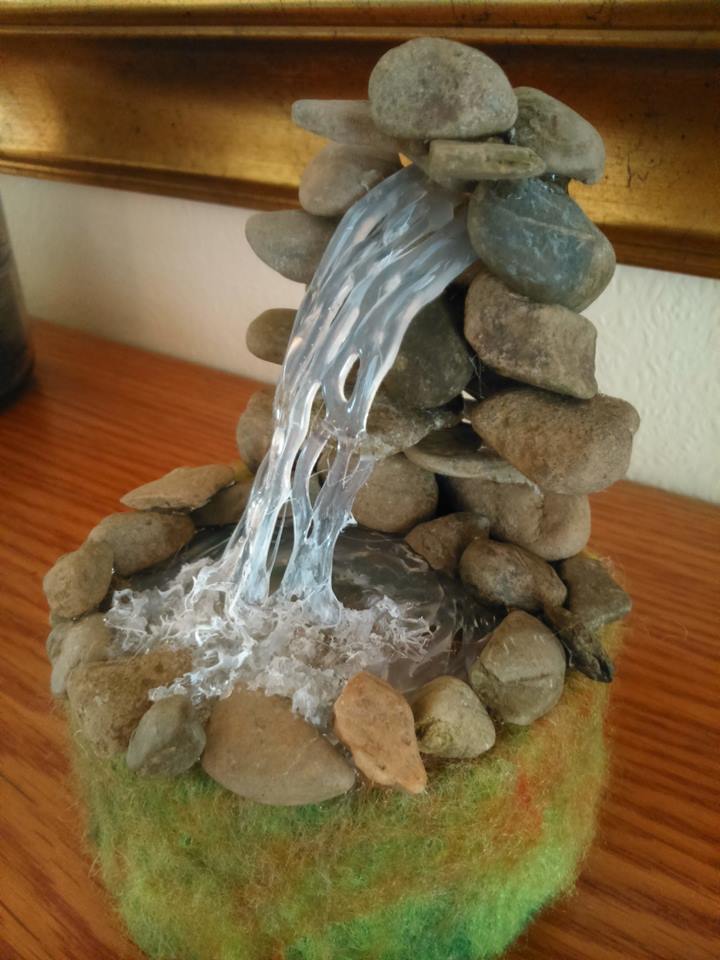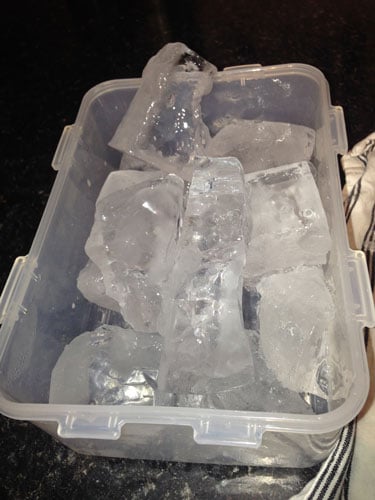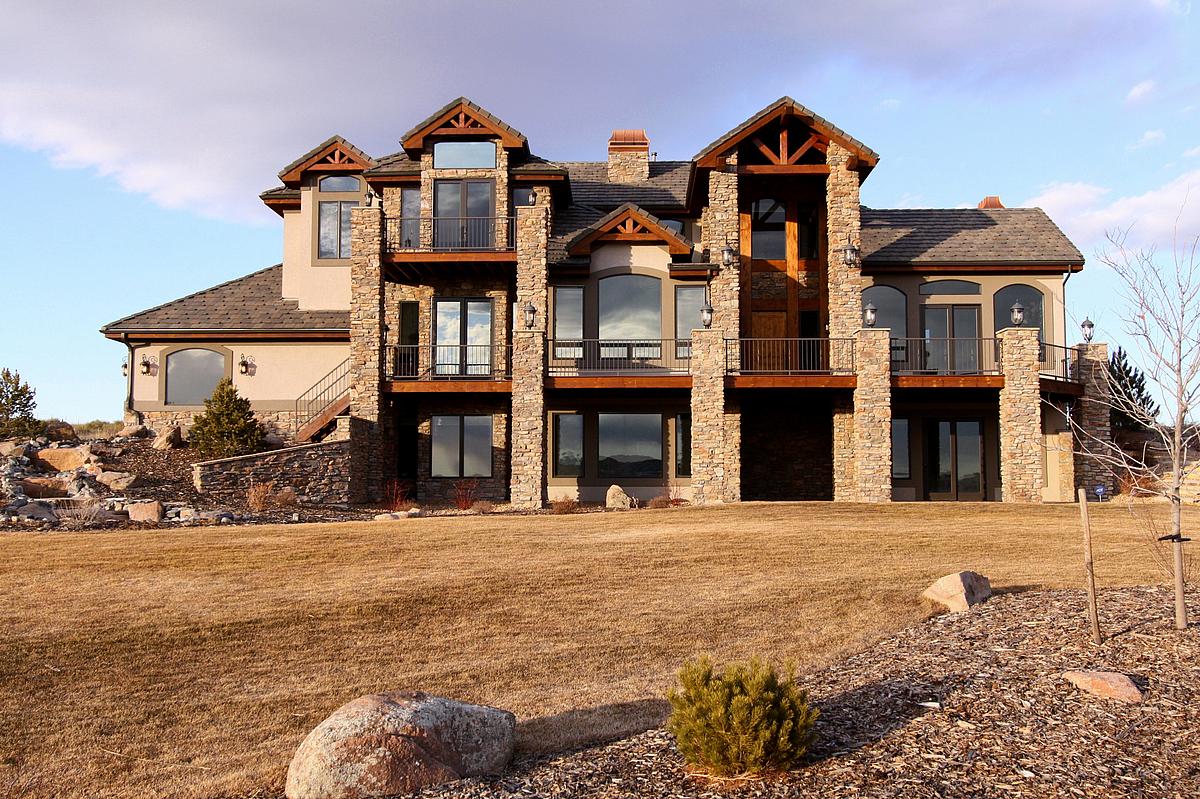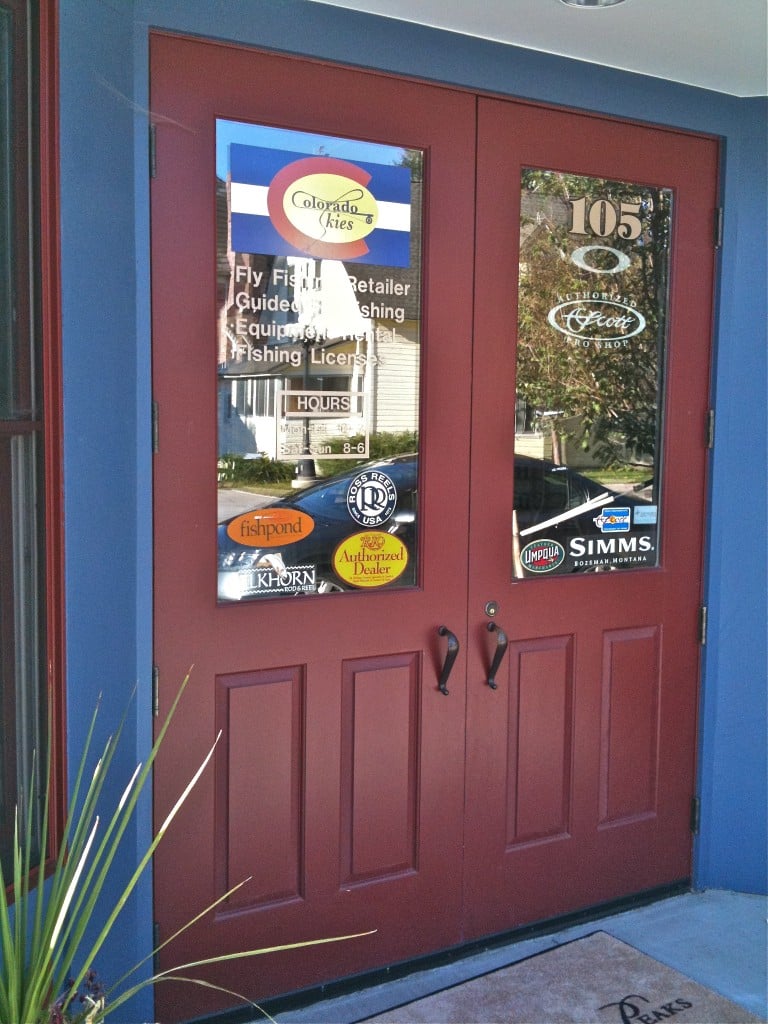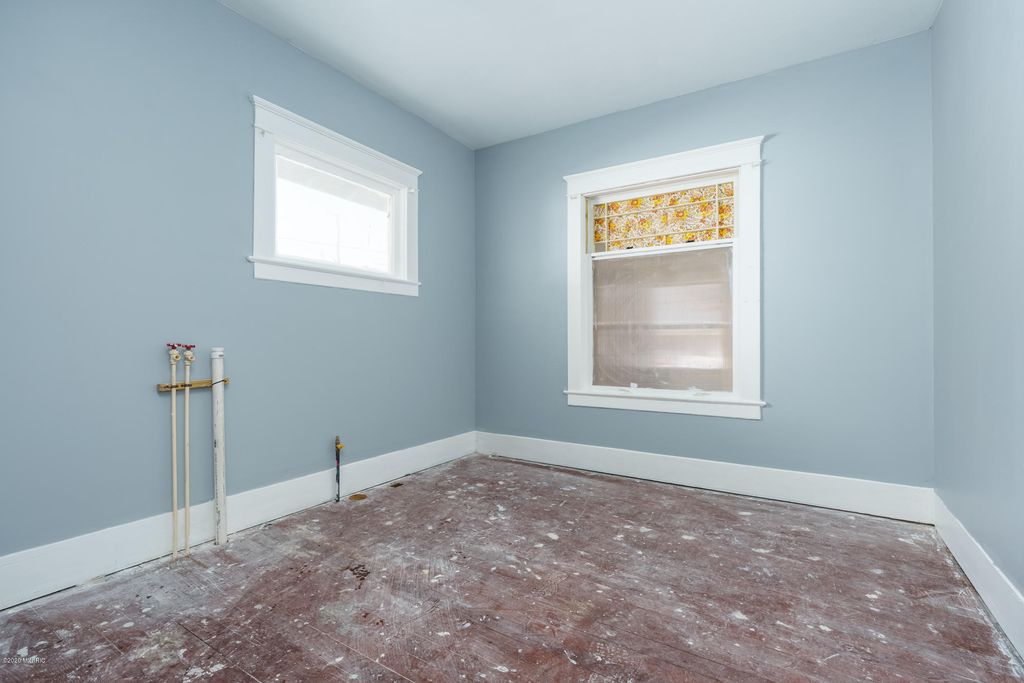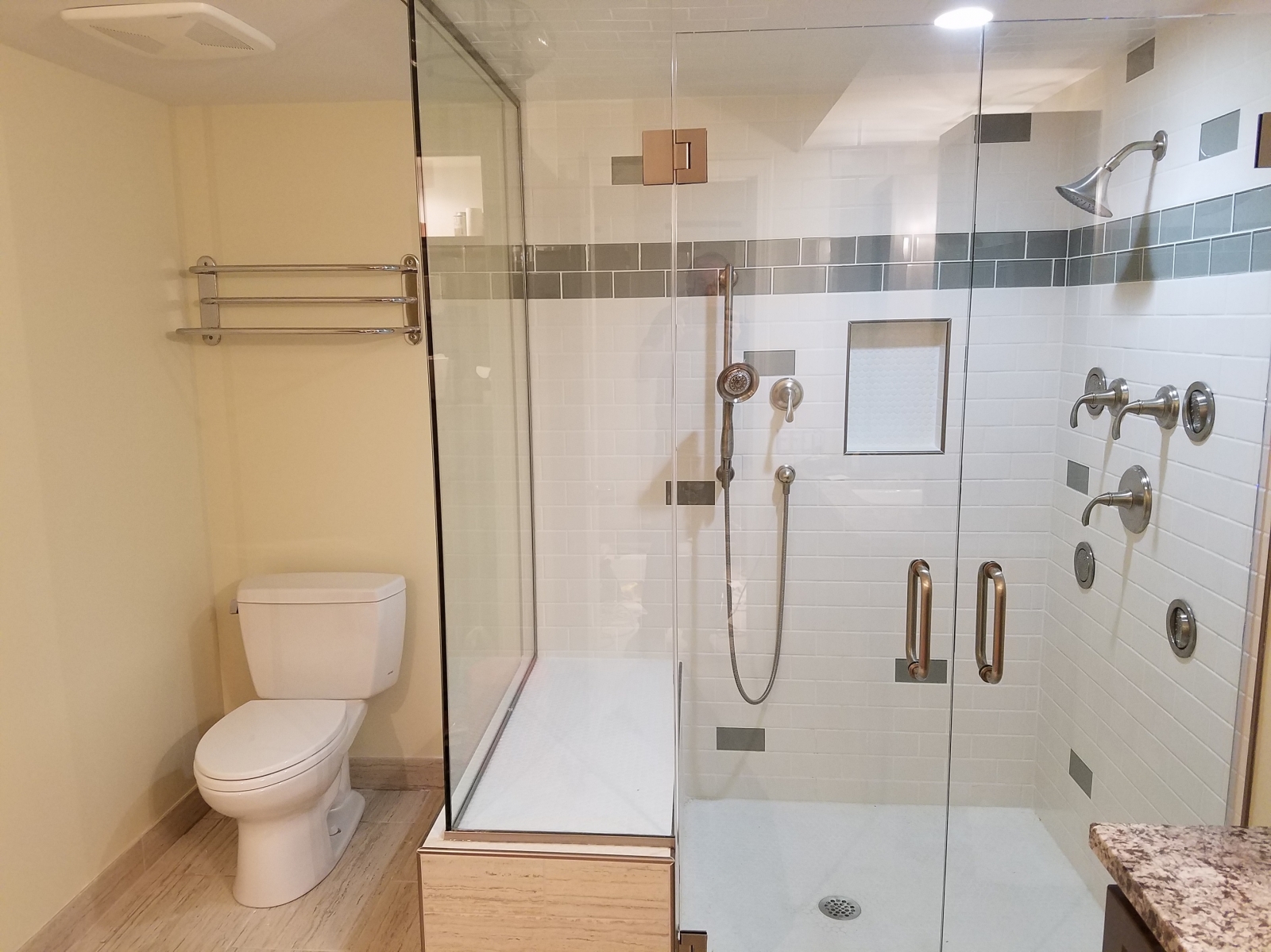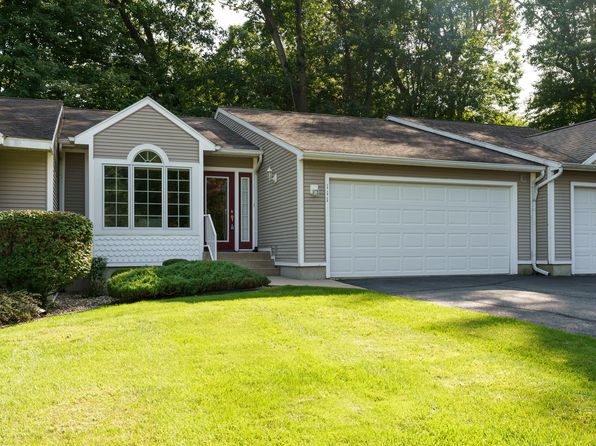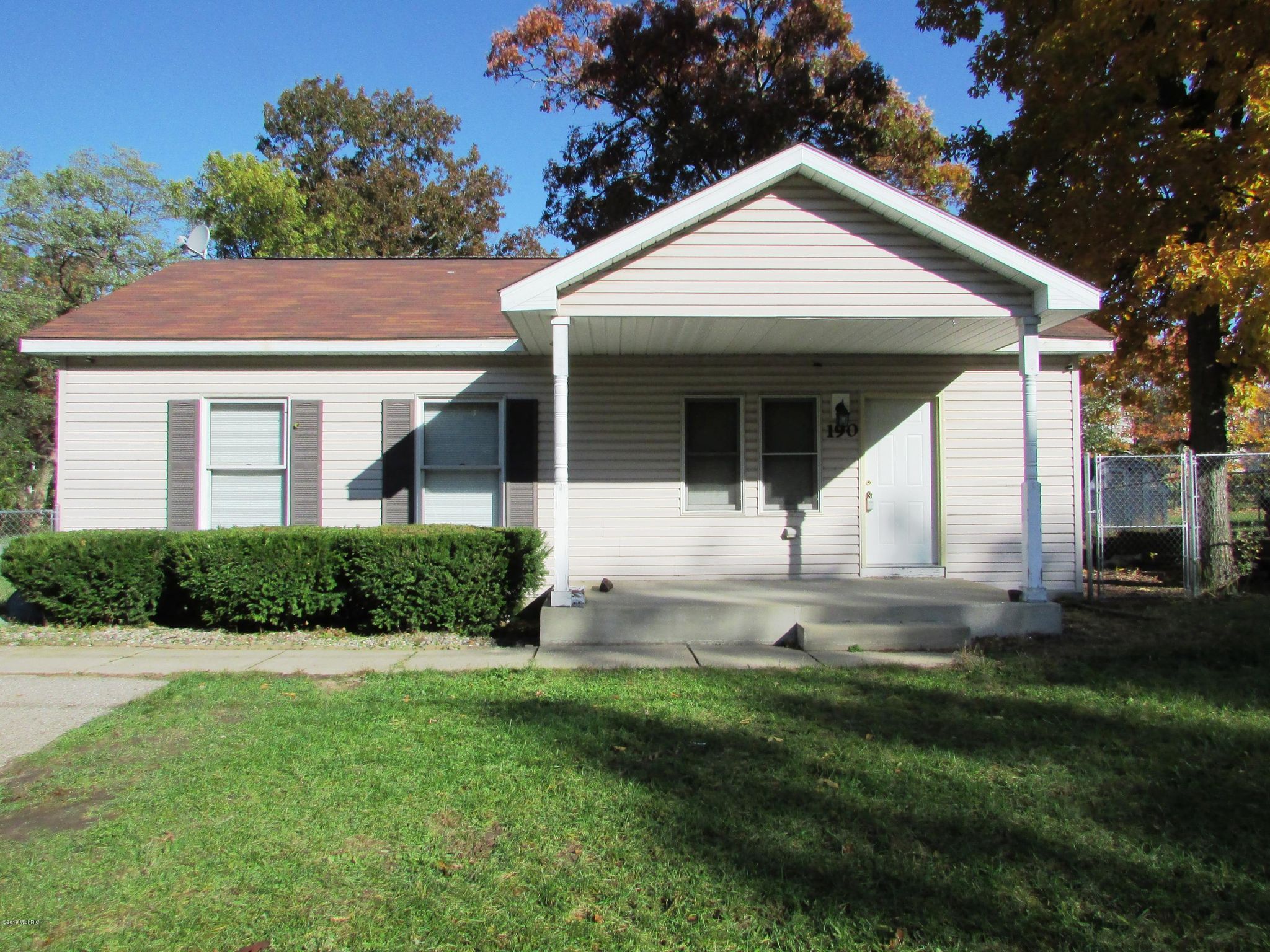Table of Content
Prior to his writing career, he was a Financial Consultant. You can control and customize all aspects of gameplay. In reality, anyone can make a home server using nothing more than an old laptop or a cheap piece of kit like a Raspberry Pi. Aside from that, you’ll need the right operating system .
Now your server needs to become a hub able to talk to all of your smart home devices. It already includes Wifi/Ethernet and Bluetooth so those devices can be reached. For those cases you can get a small and cheap Zigbee to USB stick. I use the popular CC2531, other also use the Conbee II. If you plan to also use Zwave devices then have a look at the Aeotec Z-stick, a USB to Zwave converter. Access, share, and sync your data easily across different operating systems and devices.
Checking if the site connection is secure
This open source mini computer is pretty cheap and very well supported by most software out there. A home server doesn’t really need much computing power, even an Intel G5400 is more than enough for most use cases. But the I3 doesn’t cost much more, also has lower power consumption, and gives you that little bit extra in case you do need it. Besides your home network, you can also use the server the monitor your house. Most Smart Home sensors can monitor things like temperature, humidity, power consumption, etc.
If you are using only docker images then you don’t need a lot of memory. The downside of this motherboard is that they are hard to find and quite expensive. There are different models in the market, The D364x-B line comes with 6 SATA connections, and the -H line with 4 SATA connections. The downside of these servers is that they make a lot of noise and use a significant amount of power. You can however replace the fans with quiet models, like these from Noctua.
Automatic updates for all your services
An .env file is just a text file with values that can be reused in different containers. Simply create such a file with touch .env and edit it for example with nano .env. This will just make the storage and files available via the network, we will run the actual software in the next step. Getting an operating system onto your Raspberry Pi is pretty easy. I am using Raspberry Pi OS lite (it is a smart home server after-all, we do not need a graphical user interface). This was formerly known as Raspbian and is the recommended system.
For a robust configuration, it will set you back $1,000 or more. If you’re wondering how to make a server, the cost is probably your biggest concern. You should treat custom-built home servers with care. They need maintenance or you risk running into problems. Any Linux distribution is excellent for your webserver.
Holiday Online Shopping: Safety Tips
There are many options to consider but the ones listed below are the most important. When we talk about storage in the cloud we simply refer to a storage system accessible through the internet. Hence, services like Google Drive, Dropbox, iCloud, are the well-known cloud storage systems, but they are maintained by third parties. However, we can create our own local cloud storage system at home, and combine the advantages of ‘cloud storage’ with full control, while the system will be managed by us only.
In most cases, a home server does not require a GPU. It must be noted that servers do use GPUs to support graphic intensive applications. Common examples are gaming servers and photoshop applications. Compared to these, your web server at home will be relatively simple and will not need a GPU.
Alternatives of Building Your Own Server
Find or get a basic inexpensive computer with a simple graphics processor. You don’t need an expensive one unless you plan to play resource-consuming games and stream them. Even a single-board computer like Raspberry Pi will be more than enough for most of the tasks you are likely to perform on the server.
The NVMe SSD has a slightly higher energy consumption than normal SSDs, but this way we can use the 4 SATA slots for the storage disk. Choosing the right motherboard can really help in lowering the power consumption of your server. The Fujitsu motherboard is really energy efficient which is achieved by disabling features that it doesn’t need. But for most home server configurations, these kinds of models are a bit overrated. An old laptop or desktop, however, are a great way to get started. Keep in mind that you will need a decent internet connection.
Transferring files with a computer is a tad more complicated. You need to install the OS, which could be Windows, Linux, Amahi, etc., then map your drives to transfer the content. After that’s done, install the server apps to get things up and running.
A home server can be used to manage and store data in your home. It is especially useful for frequent gamers and people who work from home. If you have a dedicated server in your home, you can take off the load from your personal computer. One of the best ways to test your server is to set it up to host a website or two. It helps to have software to measure performance in place before you start testing your server as a website host. The right product will show you errors that you didn’t see.
By pointing the IP address to A record of your domain name, you are finally good to go. You can contact the support team if you have issues configuring the domain name. Now to access the website, you can enter the public IP address. However, entering the shared IP whenever you need to access the website is not a convenient way. Choose the first option from the installation type section. Now, you have a system dedicated to hosting your website.






